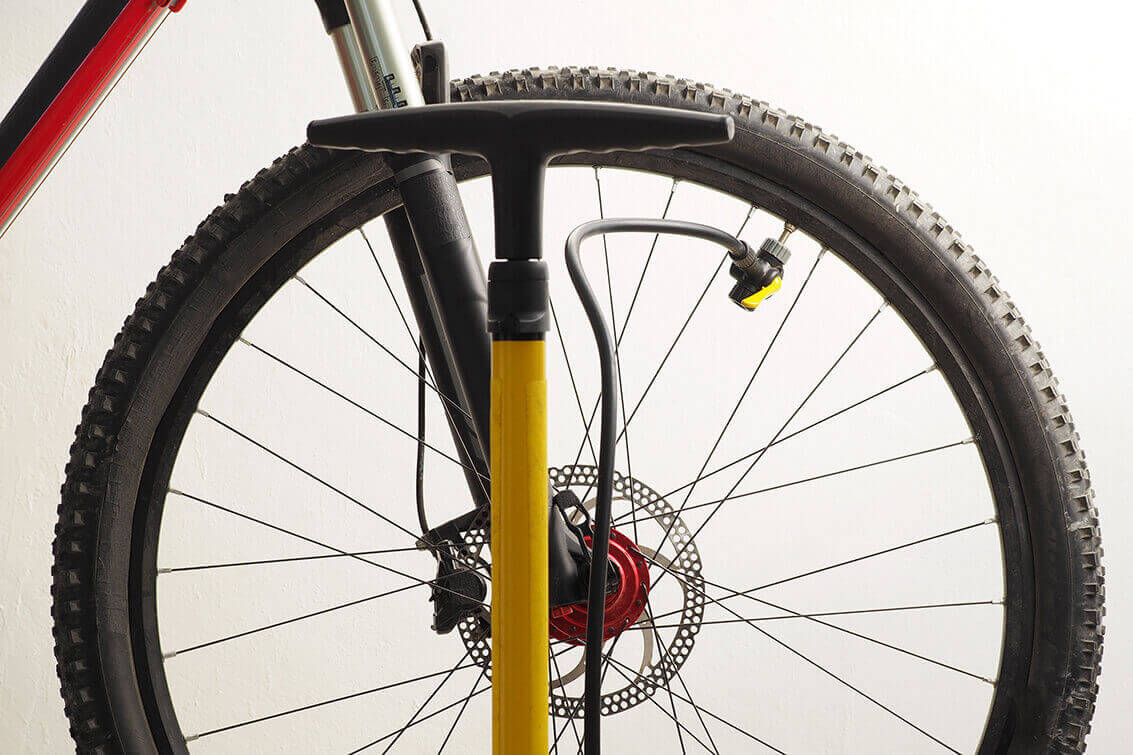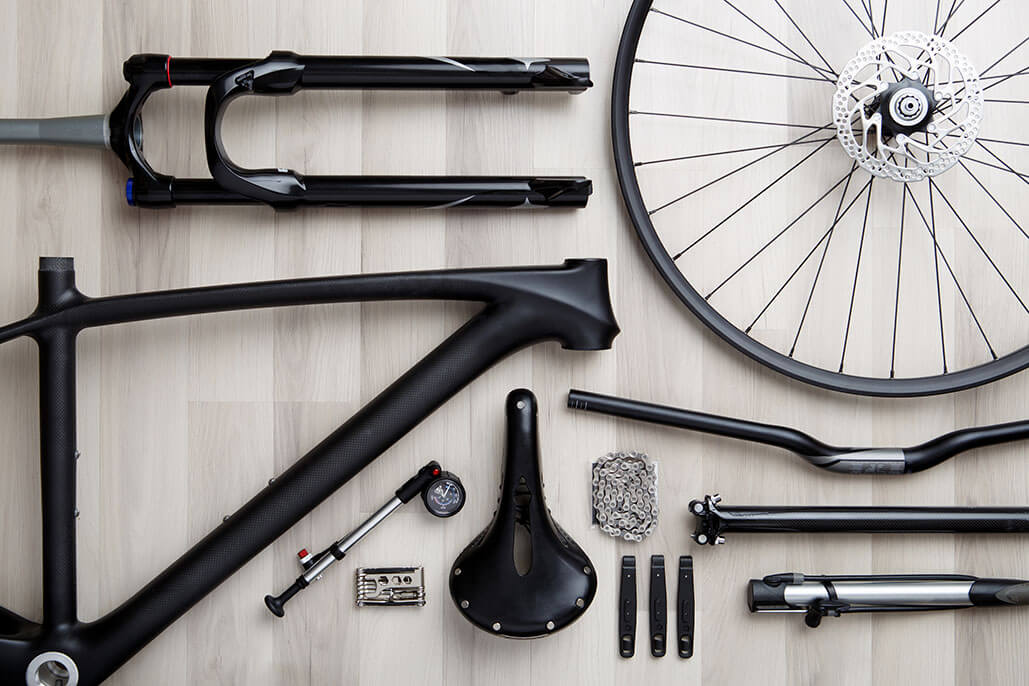Having been involved in cycling my entire life, I still look forward to getting a new set of tires. That's right; good old tires can transform your bike from a bike that feels every little bump and handles like the Titanic to one that handles like the latest Rolls Royce.
I changed my tires a few days ago, and boy, it was like riding a new bike. The tires were soaking up every little bump, and instead of getting off my bike feeling like I just went 12 rounds with Mike Tyson, I actually wanted to keep riding.
Tires are one of the easiest and cheapest upgrades you can make to any bike. Whether it be a road bike, a mountain bike, or a simple commuter, new tires offer a big improvement for a small price. But with new tires comes the inevitable question of tire pressure.
You'd be surprised at just how many cyclists either don't pay attention to their tire pressure or are running the wrong pressures altogether. When it comes to tire pressure, there are a few factors to consider, such as the type of tire, the kind of riding you do, and of course, your body weight.
So keep reading on to discover the ins and outs of finding the tire pressure that suits you best.
Pump, Pump It Up

No, I'm not talking about the 90s song by Technotronic. I'm referring to new tires. Having the correct tire pressure ensures that your bike rolls smoothly, avoids flats, and, more importantly, is comfortable and fast.
Generally speaking, narrower tires require much more air pressure than wider tires. When it comes to road bikes, pressure should typically be between 70 to 120 psi or pounds per square inch. On the other hand, mountain bike tires run much lower tire pressure, somewhere between 30 to 40psi, and hybrid tires, somewhere in the range of 40 to 70psi.
If you want to find the tire pressure you're most comfortable with, especially on those longer rides, then I recommend experimenting with several different pressures and then keeping some notes on each felt. When experimenting, make sure you ride on the same road and in the same conditions if possible.
Body weight is also a significant factor, if not the biggest. Simply put, the more you weigh, the higher your tire pressure needs to be. For example, a 170lbs cyclist would probably run their tires at around 100psi, while a 200lb rider might be closer to 120psi. I should mention here that tire pressure is also entirely subjective. I'm 170lbs and run my road tires at 70psi.
However, NEVER go below what the manufacturer has printed on your tire's sidewall.
Checking Your Tire Pressure

Did you realize that your tires leak air over time? Yep, especially when they are not being used and tubeless tires leak air like a sieve. But in reality, air will leak out of all types of tires, with some being worse than others. I've woken up to go for a ride on more than one occasion only to find my tire pressure has dropped 10psi overnight.
Factors like the weather also play a significant role in the loss of tire pressure. Colder temperatures have the biggest impact, with roughly 2% of pressure loss for every 10-degree drop in temperature. I check my tire pressure before every ride; it's as simple as pinching the tires between your fingers; if they feel a bit soft, give them a pump up.
Technology is a wonderful thing, and there are awesome iPhone apps that can help you check and regulate your tire pressure; however, the big downside is how quickly they drain your iPhone battery. A compatible iPhone charging case is the best way to avoid your iPhone battery going on the blink halfway through your ride. Choose an iPhone charging case that is durable, lightweight, and high-quality.
If you don't check your tires regularly, you could be setting yourself up for a less than comfortable riding experience and the inevitable punctures that come with incorrect tire pressures. You can use CO2 canisters, which have become incredibly popular among cyclists in recent years; however, recheck them after your ride if you go the CO2 route.
Either way, don't forget to check your tire pressure; there's no excuse; it's for your safety and comfort and literally takes 10 seconds.
Finding Your Perfect Tire Pressure
Don't think for a minute that tire pressure is something you can set and forget because nothing could be further from the truth. If you ask the traditionalists, they will tell you that higher tire pressure equates to less rolling resistance. Still, these "traditionalists" fail to factor in the reality that every road is different, especially under varying weather conditions.
Just as with your car tires, if they are overinflated, you can feel every little bump and cranny you drive over. On a road bike, this is exacerbated as your hands take the full brunt of the vibrations. Lower pressures are more comfortable but again, be sure not to go below the recommended psi value.
Where you ride is also a factor. If you ride on perfect roads at 100psi, then go off-road with the same pressure, you're in for a big shock; you'll be lucky if you can walk after you get off your bike.




Leave a comment
This site is protected by hCaptcha and the hCaptcha Privacy Policy and Terms of Service apply.